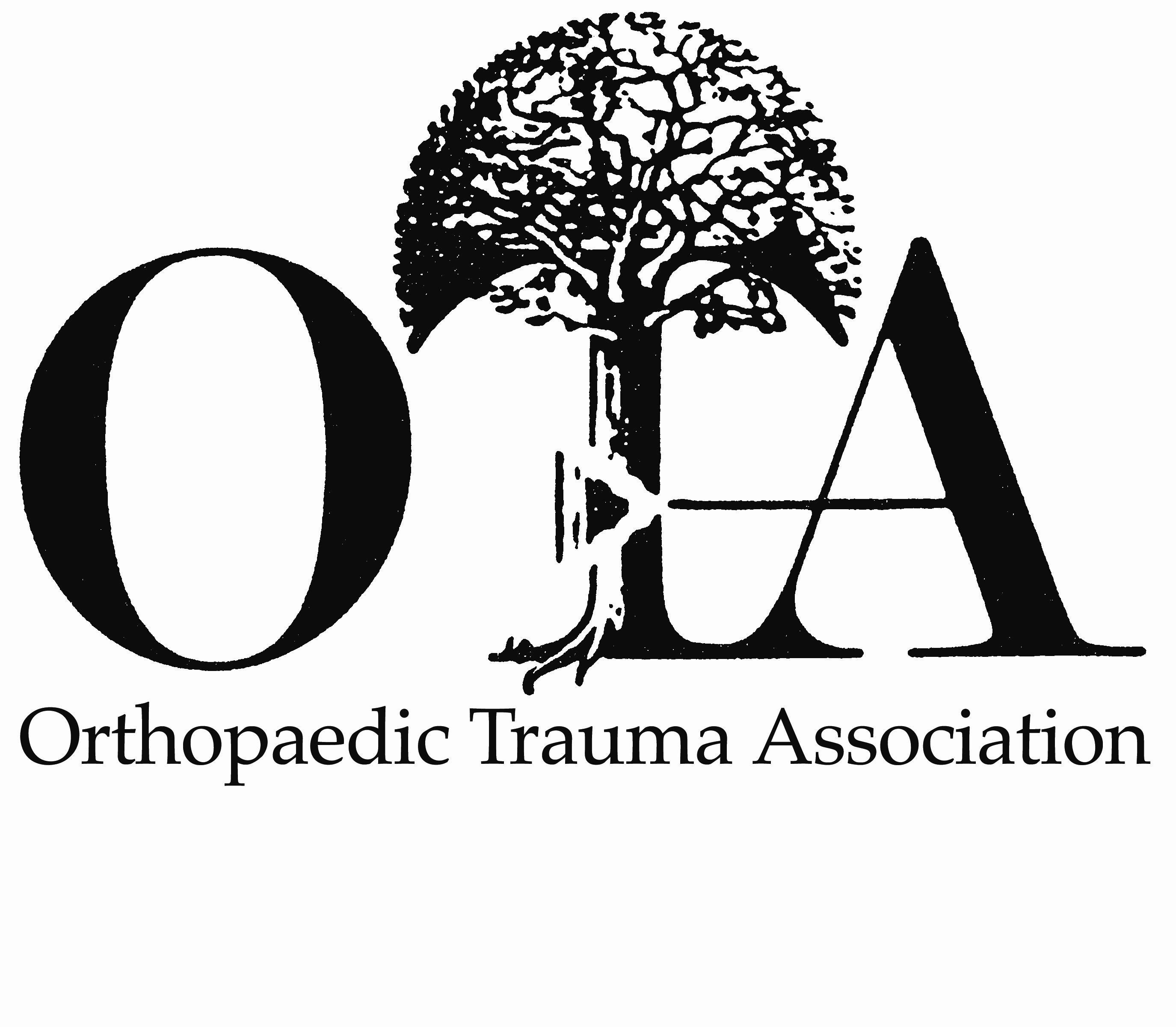
OTA 2019: Low vitamin D adherence among young femoral neck fracture patients

OTA 2019: Low vitamin D adherence among young femoral neck fracture patients
A Pilot Feasibility, 2 x 2 Factorial Randomized Controlled Trial Comparing the Sliding Hip Screw versus Cancellous Screws and Vitamin D3 versus Placebo for the Treatment of Young Femoral Neck Fractures
Did you know you're eligible to earn 0.5 CME credits for reading this report? Click Here
CONFERENCE ACE REPORTS
This ACE Report is a summary of a conference presentation or abstract. The information provided has limited the ability to provide an accurate assessment of the risk of bias or the overall quality. Please interpret the results with caution as trials may be in progress and select results may have been presented.
Synopsis
The FAITH trial evaluated sliding hip screw versus cancellous screws for the fixation of undisplaced femoral neck fractures in patients 50 years of age or older. The investigators have now completed a pilot study for FAITH-2, assessing a 2x2 design with similar operative options, as well as Vitamin D3 versus placebo. Over a 4-year-period, 91 patients were randomized and 86 included in the analysis...
To view the full content, login to your account,
or start your 30-day FREE Trial today.
FREE TRIAL
LOGIN
Forgot Password?
Explore some of our unlocked ACE Reports below!

Learn about our AI Driven
High Impact Search Feature
Our AI driven High Impact metric calculates the impact an article will have by considering both the publishing journal and the content of the article itself. Built using the latest advances in natural language processing, OE High Impact predicts an article’s future number of citations better than impact factor alone.
Continue



 LOGIN
LOGIN

Join the Conversation
Please Login or Join to leave comments.